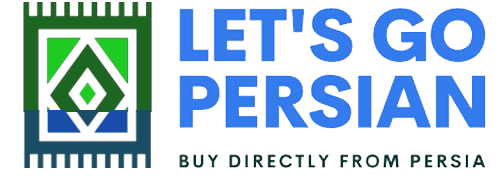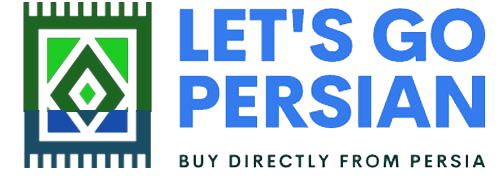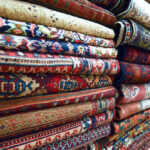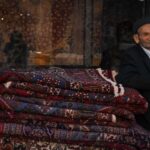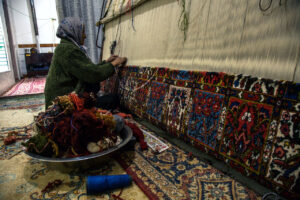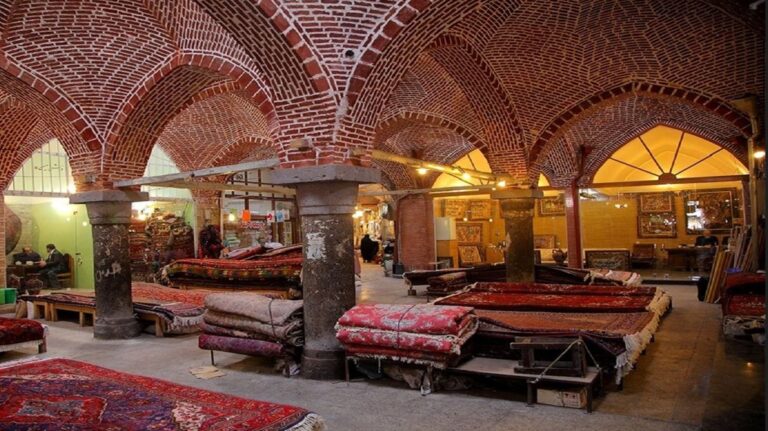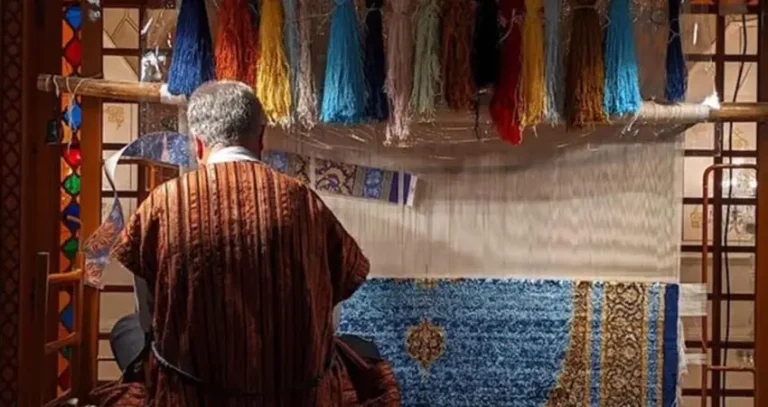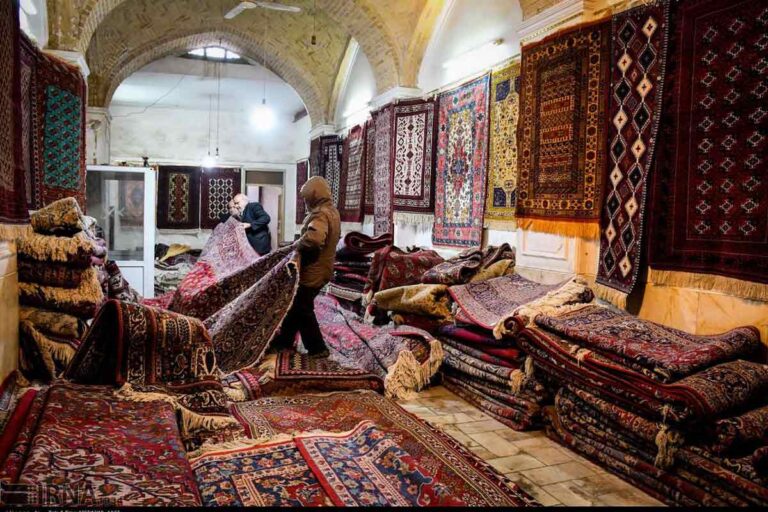The Royal Hunting Scene: A Signature Motif in Persian Carpets
Pricing of Handwoven Persian Carpets Factors
The world of Persian carpets is a lush garden of symbolic designs—and among its most colorful and fascinating blossoms is the Gol-e Farang motif. Meaning “European flower,” Gol-e Farang stands out for its soft floral elegance and intriguing story, tracing back to a unique fusion between Iranian art and European aesthetics.
The Origins of Gol-e Farang
Flowers have always bloomed across Persian carpets—especially the rose. But Gol-e Farang, as its name implies, reflects an influence from the West (“Farang” being an old Persian term for Europe). Its earliest artistic traces can be found during the Buyid era, with more distinct documentation during the Safavid period.
Historical art texts—like Golestan-e Honar, Murraqqa-e Shah Tahmasb, and Qanun al-Sowar by Sadeqi Beik Afshar—mention “Farangi” (European-style) among the seven stylistic schools of Persian miniature painting. These decorative styles slowly made their way into other Iranian arts.
European Influence and Safavid to Qajar Adoption
During the Safavid dynasty, cultural and economic exchanges between Iran and Europe flourished. These interactions introduced new decorative elements—including realistic flower depictions inspired by European chocolate boxes, wallpapers, oil paintings, and Gobelin tapestries.
While initially popular in architectural ornamentation, lacquer painting, and book illumination, it wasn’t until the Qajar era—especially under Naser al-Din Shah—that Gol-e Farang motifs fully blossomed on Persian carpets.
Today, the Carpet Museum of Iran preserves some of the finest examples of Gol-e Farang designs from this period.
Characteristics of Gol-e Farang Carpets
Gol-e Farang rugs are recognized for their naturalistic floral patterns—lush rose bouquets in red, yellow, pink, and blue, often arranged in circular or trailing compositions. The style is somewhat Impressionist, appealing especially to Western tastes, and reminiscent of French Gobelin tapestries.
These carpets combine:
-
European naturalistic flowers
-
Traditional Persian framing and structure
-
A vibrant, cheerful palette
Regions Famous for Gol-e Farang Carpets
The spread of Gol-e Farang designs was driven both by local creativity and European export demand, especially from France and the UK. Urban and rural weavers alike incorporated the motif, leading to regional variations.
Key centers of Gol-e Farang production:
-
Kerman – the most active design hub, producing for European markets
-
Farahan, Sanandaj (Seneh), Bijar – known for floral rug varieties like Gol-e Mostofi and Gol-e Vakili
-
Baharlu tribe (Fars) – produced bright, expressive flower carpets
-
Afshar (Kerman) – known for the Gol-e Musa Khani pattern
-
Baktiari (Esfandegheh, Chaharmahal) – especially the Gol-e Patooi rugs of Faradonbeh, still famous in Tehran’s markets
In the Pahlavi era, the Gol-e Farang motif evolved further, moving toward naturalism, with more realistic flower forms and subtle color gradients.
Final Thought
Gol-e Farang represents one of the most beautiful cultural hybrids in Persian rug design—where Iranian mastery of composition meets European romanticism. It’s a testament to the open-minded creativity of Persian weavers, who absorbed foreign inspiration without losing their artistic soul.
Today, Gol-e Farang rugs remain popular among collectors and interior designers alike, admired for their charm, warmth, and historical depth.
Have you seen or owned a Gol-e Farang rug?
Share your impressions or images with us—we’d love to hear your story.
